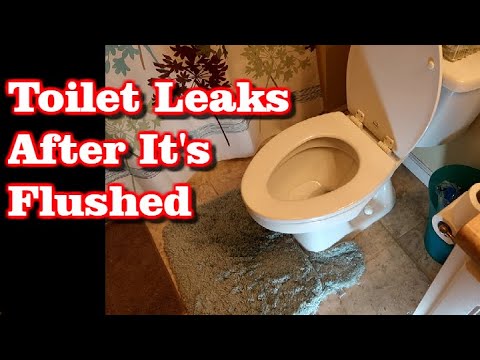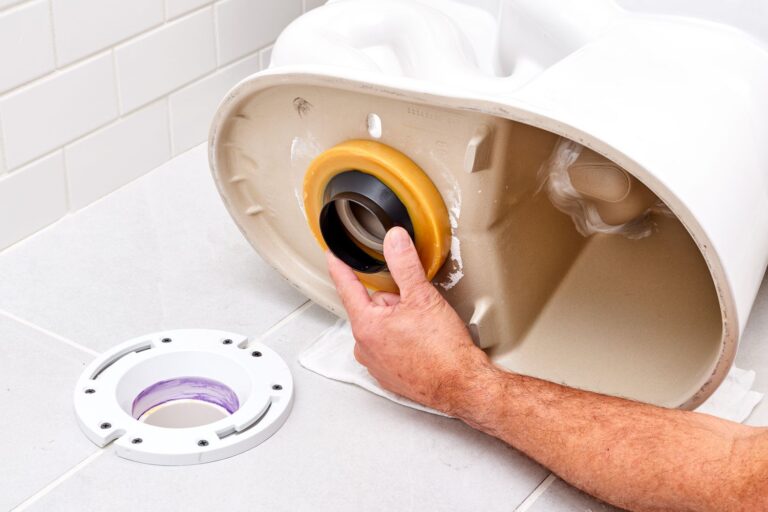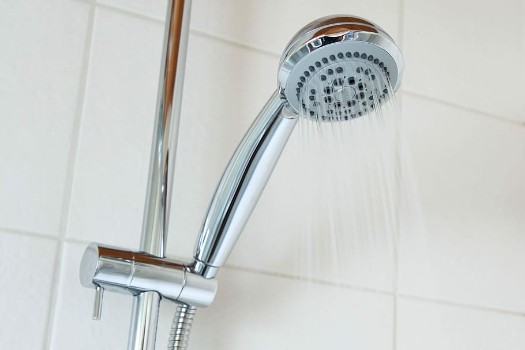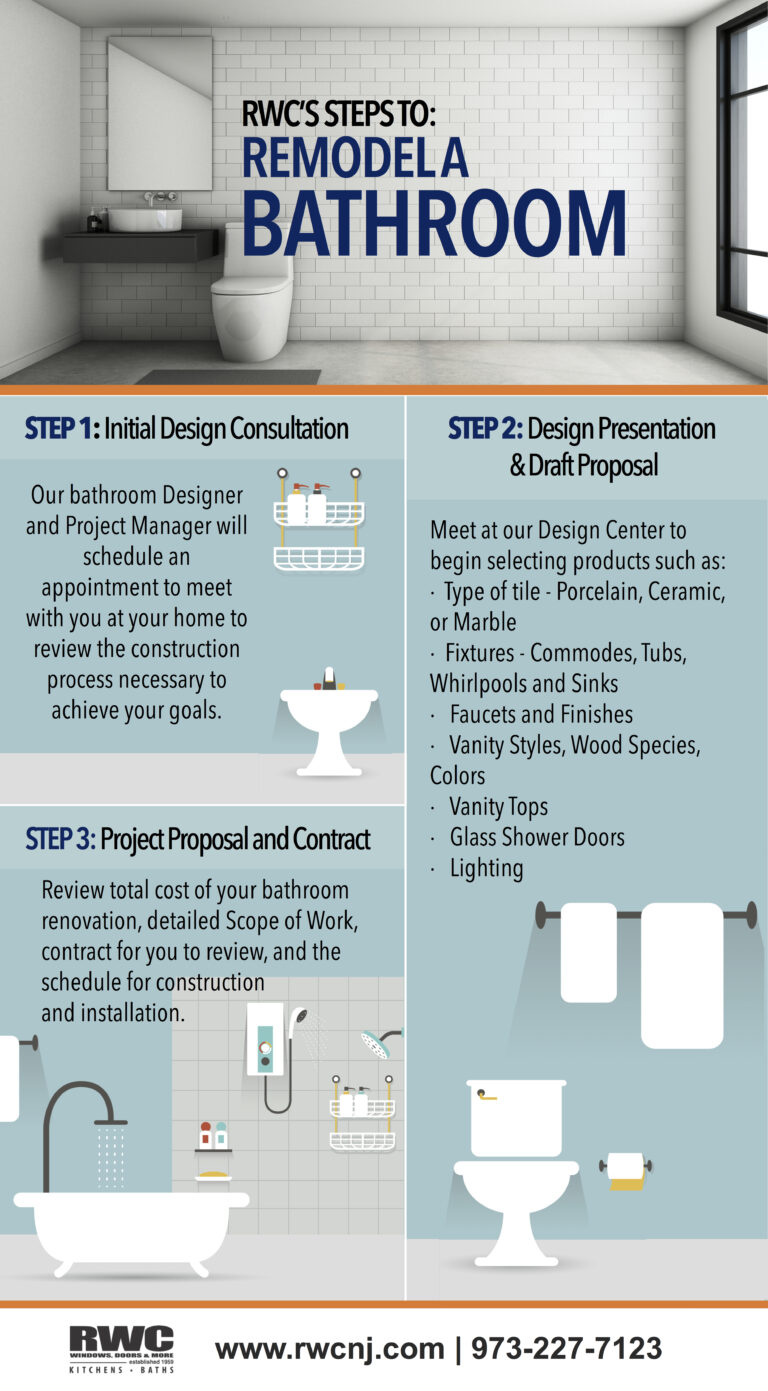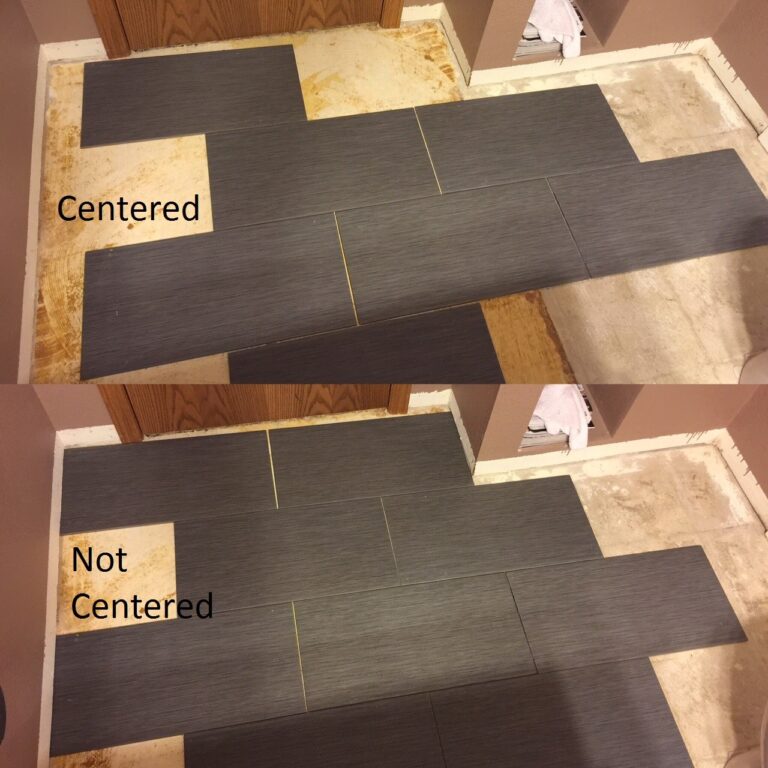Why Is My Toilet Leaking At The Bottom When Flushed Only?
.Your toilet is designed to contain water and waste until it is flushed, at which point it should release the contents and be empty. Unfortunately, if your toilet is leaking at the bottom when flushed, it is a sign that something is wrong and needs to be fixed. This type of issue can be caused by a variety of things, such as a faulty fill valve, a cracked tank, a broken seal, or a worn-out flapper. To diagnose and fix the problem, it is important to identify the source of the leak. If you are unsure of the cause, it is best to contact a professional plumber for assistance.
Causes of Toilet Leaks at the Bottom When Flushed
Toilets can be a source of frustration when they start to leak. It can be particularly concerning when the leak occurs at the bottom when the toilet is flushed. There are a variety of reasons why toilets leak at the bottom when flushed. Some of the most common causes include a loose fill valve, a faulty wax ring seal, a cracked tank, a clogged vent pipe, or a broken flapper valve.
The fill valve is responsible for controlling the amount of water in the tank, and when it’s loose, it can cause a leak. The wax ring seal is responsible for creating a tight seal between the toilet bowl and the drain, and when it’s faulty or worn out, it can cause a leak. The tank can also crack due to age or excessive force, leading to a leak at the bottom. A clogged vent pipe can cause pressure to build up and water to leak out. Finally, a broken flapper valve can cause water to leak out of the toilet tank, resulting in a leak at the bottom when flushed
Differentiating Between Leaks and Condensation
Leaky toilets are a common issue for homeowners, but there are two main types of toilet leaks: leaks directly from the tank and condensation. Differentiating between the two is important to ensure proper diagnosis and repair.
Leaks directly from the tank can often be detected easily, as water will pool around the base of the toilet or in the bowl. This is usually caused by a broken or loose seal in the tank or a malfunctioning flush valve. These types of leaks can often be repaired by replacing the seal or valve, or by tightening any loose connections.
Condensation, on the other hand, is more difficult to diagnose. This type of leak forms when warm, humid air comes in contact with a cold surface, such as the toilet tank or bowl. Condensation is often mistaken for a leak, but the water will evaporate quickly with a towel or tissue. To reduce condensation, it is important to ensure adequate ventilation in the bathroom.
By understanding the difference between leaks and condensation, you can more easily identify the source of the leak and take the necessary steps to repair it. Whether it’s a simple fix or a more complicated replacement, identifying the issue is the first step to a successful repair.
Repairing Common Causes of Toilet Leaks
Leaky toilets can be a major nuisance and cost homeowners time and money to repair. Toilets are prone to leaks at the bottom due to a variety of reasons. These can range from issues with the flapper valve, tank bolts, or wax ring. It’s important to understand what could be causing the leak to properly fix it.
The most common cause of a leaking toilet is a worn-out flapper valve. This is the rubber seal at the bottom of the tank which opens and closes when the handle is pulled. Over time, the flapper valve can become brittle and fail to form a tight seal, leading to water seeping out of the tank. Replacing a worn-out flapper valve is an easy DIY fix that can be done in minutes.
Another common cause of a leaking toilet is a loose tank bolt. The tank bolt is the metal rod that connects the tank to the bowl and keeps it secure. If the bolt is not tight enough, the tank can move and cause water to leak from the bottom of the tank. Tightening the tank bolt will usually solve the issue.
Finally, a leaking toilet may also be caused by a faulty wax ring. The wax ring is the thick wax seal located between the toilet and the drain pipe. If the wax ring has cracked or shifted, water can leak from the bottom of the toilet. Replacing a faulty wax ring is a more involved process, and it’s best to leave it to a professional plumber.
By understanding the most common causes of toilet leaks at the bottom, homeowners can more easily diagnose and repair the issue. With the right tools and knowledge, most toilet leaks can be quickly fixed.

Strategies for Preventing Future Toilet Leaks
Nobody likes dealing with a leaking toilet. It’s inconvenient, messy, and can be expensive to repair. Fortunately, there are steps you can take to prevent future leaking at the bottom of your toilet.
One of the most important steps is to identify the cause of the leak. Common causes include worn or broken flush valves, cracks in the porcelain, and loose connections. Once you’ve identified the source of the leak, you can take steps to solve the problem.
For instance, if the flush valve is the issue, you can replace it. If the porcelain is cracked, you can replace the entire toilet. If the issue is a loose connection, you can tighten the bolts or replace the wax seal.
You can also take preventative steps to reduce the risk of a future leak. Make sure to inspect the toilet regularly and check for signs of damage or wear and tear. Additionally, be sure to flush the toilet regularly and perform routine maintenance.
Finally, consider investing in a quality toilet with a longer warranty. High-end models are specifically designed to prevent leaks, and the warranty will cover any repairs that need to be made.
By taking the time to identify the source of the leak, make repairs, and invest in a superior model, you can help prevent future toilet leaks.
Professional Plumbing Services
Every homeowner dreads the day when they discover that their toilet is leaking at the bottom when flushed only. If you’re experiencing this issue, the first step you should take is to contact a professional plumbing service. Professional plumbers can help diagnose the root cause of the issue and provide a solution that will save you time, money, and frustration.
Professional plumbing services can diagnose and repair a range of complex issues, such as when a toilet is leaking at the bottom when flushed only. An experienced plumber will be able to test the various components of the toilet, including the tank, the flapper, and the fill valve, to identify the source of the leak. By using the latest technology, a plumber can quickly and accurately diagnose the issue and provide the necessary repairs.
In addition to diagnosing and repairing toilet leaks, professional plumbers can also provide preventive maintenance services that can help keep your plumbing system running efficiently. This can include checking and cleaning drains, checking for clogs, inspecting pipes, testing water pressure, and more. Professional plumbers can also recommend upgrades and replacements, such as installing a tankless water heater, that can save you money on your energy bills.
FAQs About the Why Is My Toilet Leaking At The Bottom When Flushed Only?
Q1. What could be the cause of my toilet leaking at the bottom when flushed only?
A1. This could be caused by several things such as a faulty flapper, a cracked flush valve, a broken seal, or a loose connection.
Q2. How can I tell if the problem is a broken seal or a loose connection?
A2. You can tell by looking for signs of moisture or water around the base of the toilet. If you see any, it likely indicates a broken seal or a loose connection.
Q3. Is it possible to fix the leak myself or do I need to call a professional?
A3. In most cases, the issue can be easily fixed with a few basic tools. However, if the problem is more complicated, it is recommended to call a professional plumber.
Conclusion
The cause of a toilet leaking at the bottom when flushed only can be due to a variety of factors. The most common causes include a faulty wax ring, a clogged drain, a faulty fill valve, or a cracked tank. Although the issue may seem daunting, many of the fixes can be done by a homeowner with basic plumbing knowledge. If the issue persists, it is best to contact a local plumber for further assistance.
